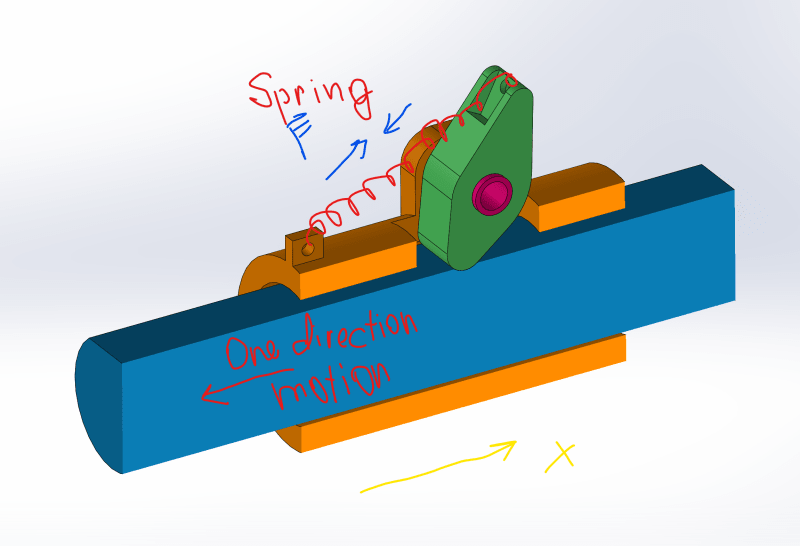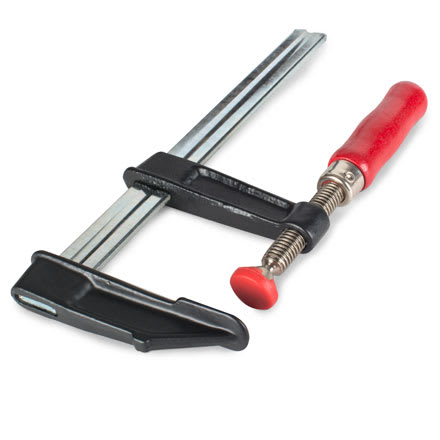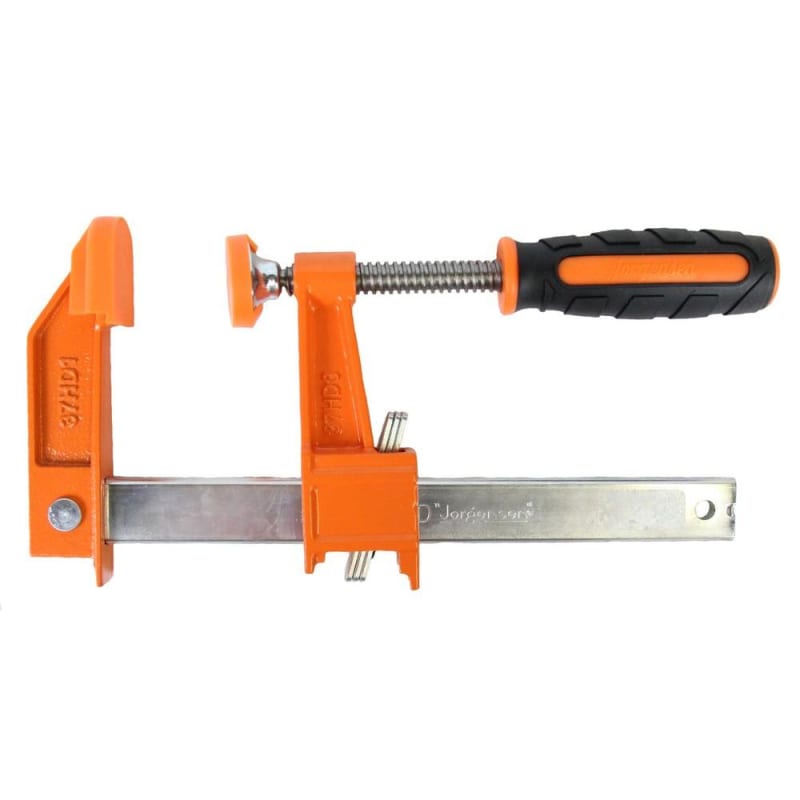Tuman_1232
Aerospace
- Oct 7, 2017
- 20
Hello everyone,
I design some sort of one direction motion mechanical lock (see attached picture).
The green part leaves free move in X direction and jams otherwise.
It's my first time of this kind of projects.
Did anybody finish something similar to it?
On what should I pay attention?
Thanks in advance

I design some sort of one direction motion mechanical lock (see attached picture).
The green part leaves free move in X direction and jams otherwise.
It's my first time of this kind of projects.
Did anybody finish something similar to it?
On what should I pay attention?
Thanks in advance



